Man-Made Marvels
These man-made objects have grown into important sources of national pride.
Independence Hall
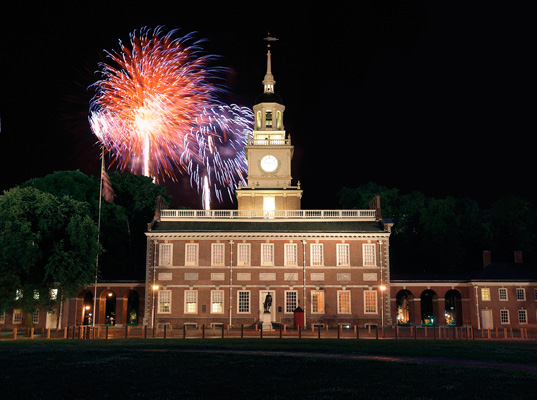
Independence Hall, built between 1732 and 1753, served as the first state house for the colony of Pennsylvania. Significant events that took place in the hall include the appointment of General George Washington as commander in chief of the Continental Army and the adoption of the Declaration of Independence in 1776. It also was the site of the Constitutional Convention of 1787. The silver inkstand used by the signers of the Declaration of Independence is on display in the hall’s museum. It is the only original furnishing. Today the hall is part of Independence National Historical Park, one of the most historic clusters of city blocks in the United States.
Liberty Bell
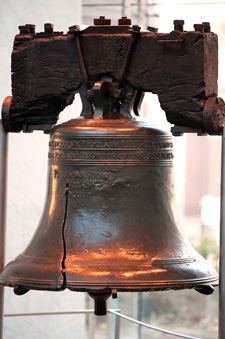
Did you know that the Liberty Bell was made in London, England? It was ordered by the Pennsylvania Assembly to celebrate their colony’s original 1701 charter. It first hung in the tower of the Pennsylvania State House (today’s Independence Hall) in 1753. Known as the State House bell, it was used to call the assembly together to discuss government business or important events.
Hollywood Sign
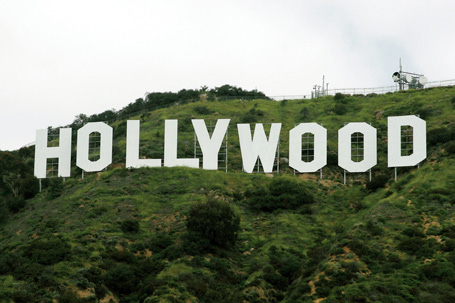
Perched high on the side of California’s Mount Lee, the Hollywood sign has become a symbol of glamour, fortune, success, and an American dream to make it big in the field of entertainment. First erected in 1923 as an advertisement for a housing development in Los Angeles, it originally read HOLLYWOODLAND. It was supposed to be temporary, but more than 20 years later, the sign—at this point old and falling apart—became the property of the city of Hollywood. The city’s chamber of commerce got it fixed, removed LAND, and the HOLLYWOOD sign and familiar American landmark we see today was born.
Empire State Building
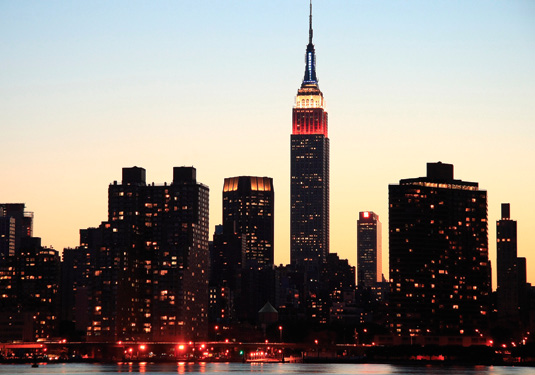
It was the summer of 1929. A group of investors decided to build the world’s tallest building—a skyscraper 82 stories tall in New York City. Just as construction was ready to begin, however, the stock market crashed, ushering in the Great Depression. Still, plans continued, but the finished building remained mostly vacant for years, earning the Empire State Building the nickname, “The Empty State Building.”
Hoover Dam
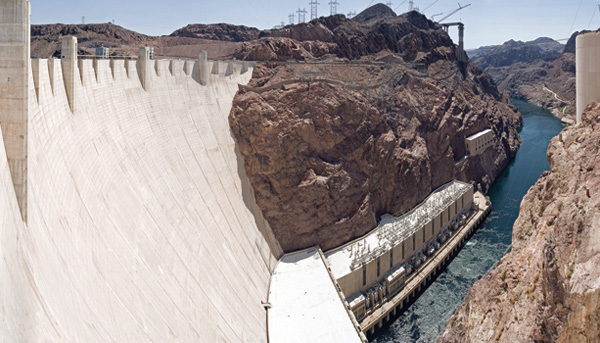
In temperatures higher than 100 degrees Fahrenheit, thousands of men labored in Nevada’s Black Canyon in the summer of 1931. They were building the Hoover Dam, which would eventually block the waters of the Colorado River and provide drinking water and hydroelectric power for the western United States. America was in the midst of the Great Depression, so despite the terrible working conditions, men were glad just to have jobs. The project was on such a large scale that an entire city—known as Boulder City—was built just to house the workers.
Golden Gate Bridge

When California’s magnificent Golden Gate Bridge was completed on May 27, 1937, it became the longest suspension bridge in the world. Chief Engineer Joseph P. Strauss wrote a poem, “The Mighty Task Is Done,” celebrating the end of four years of construction. Extending almost 9,000 feet with a tower-to-tower span of 4,200 feet, the bridge links the city of San Francisco to Marin County.